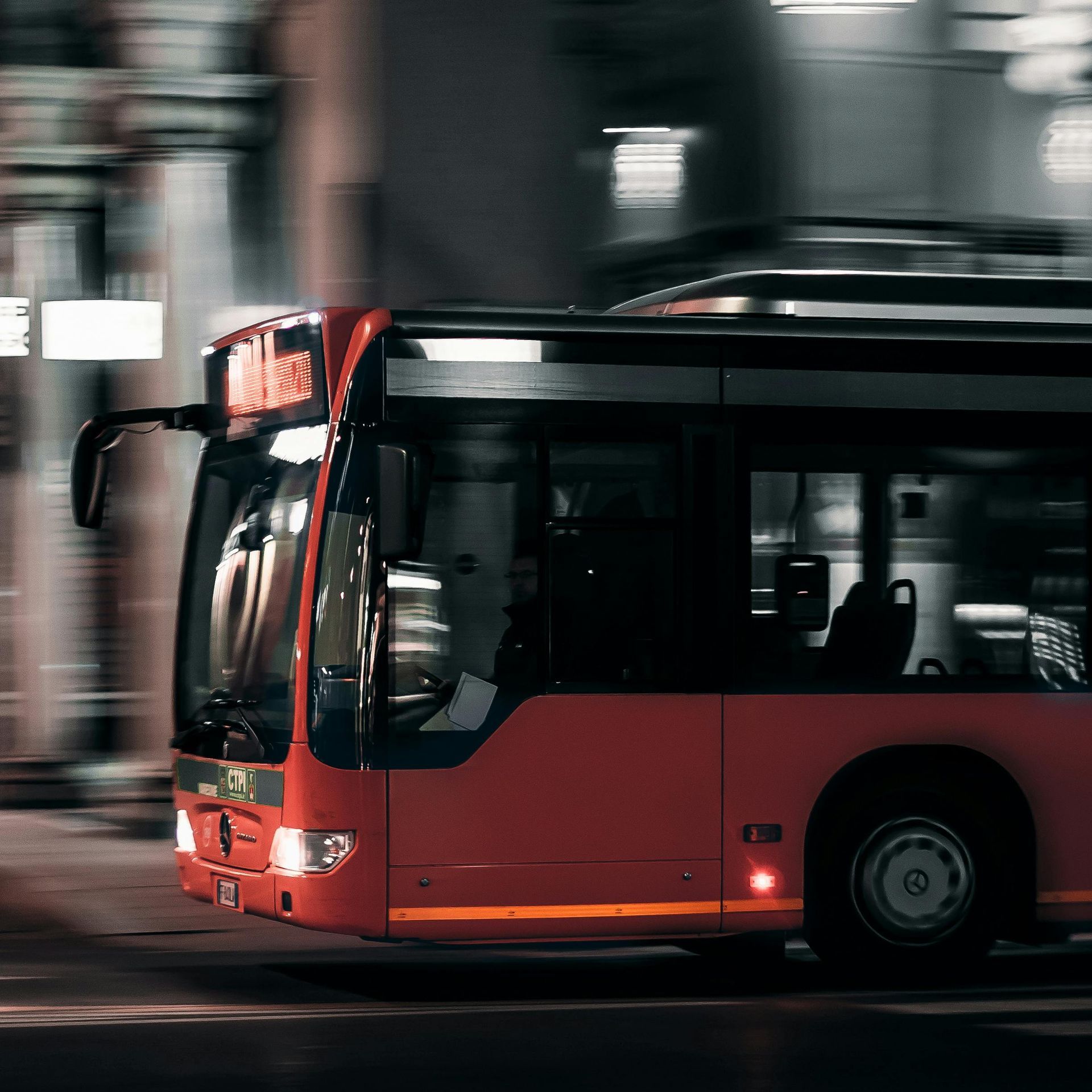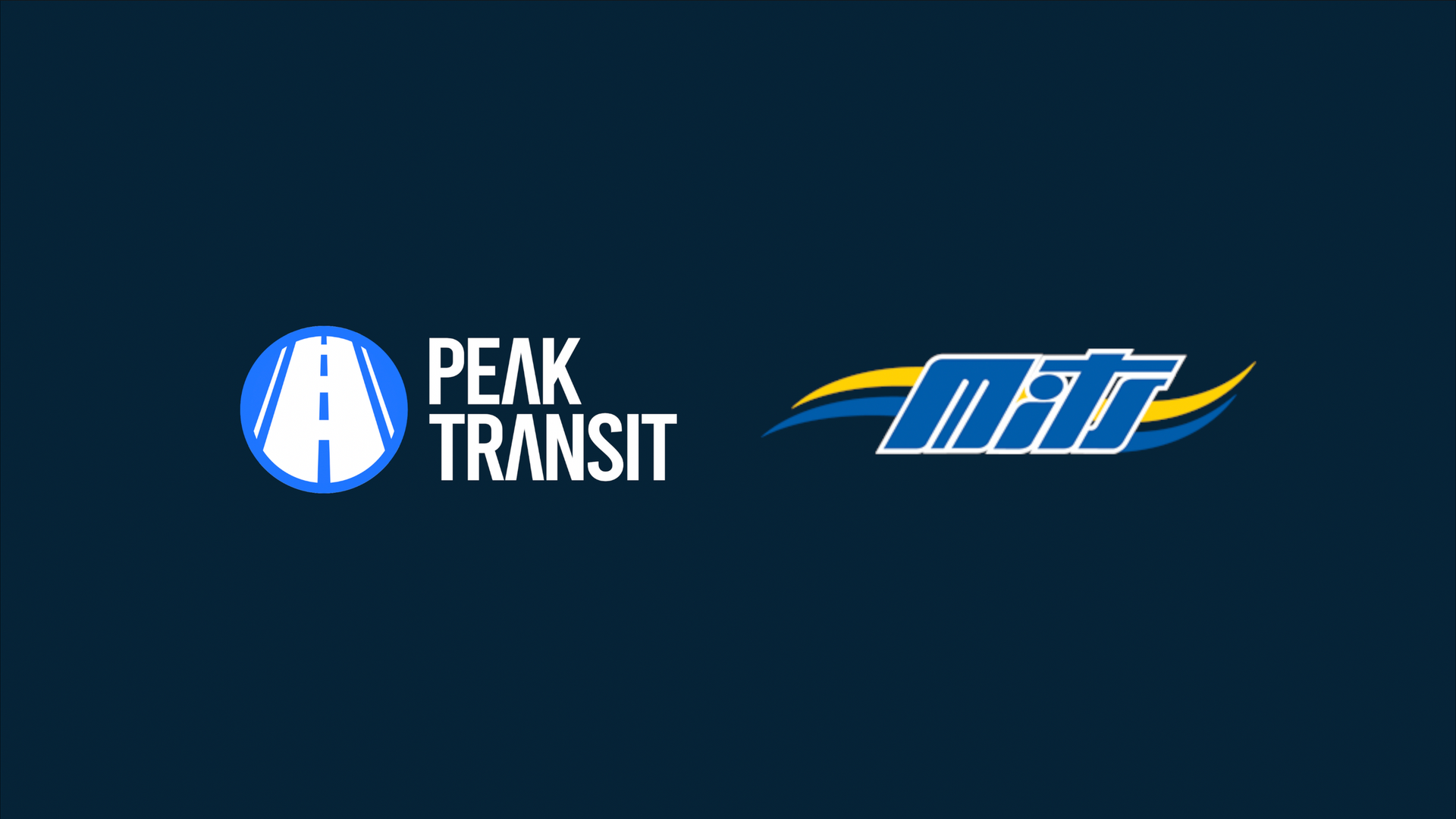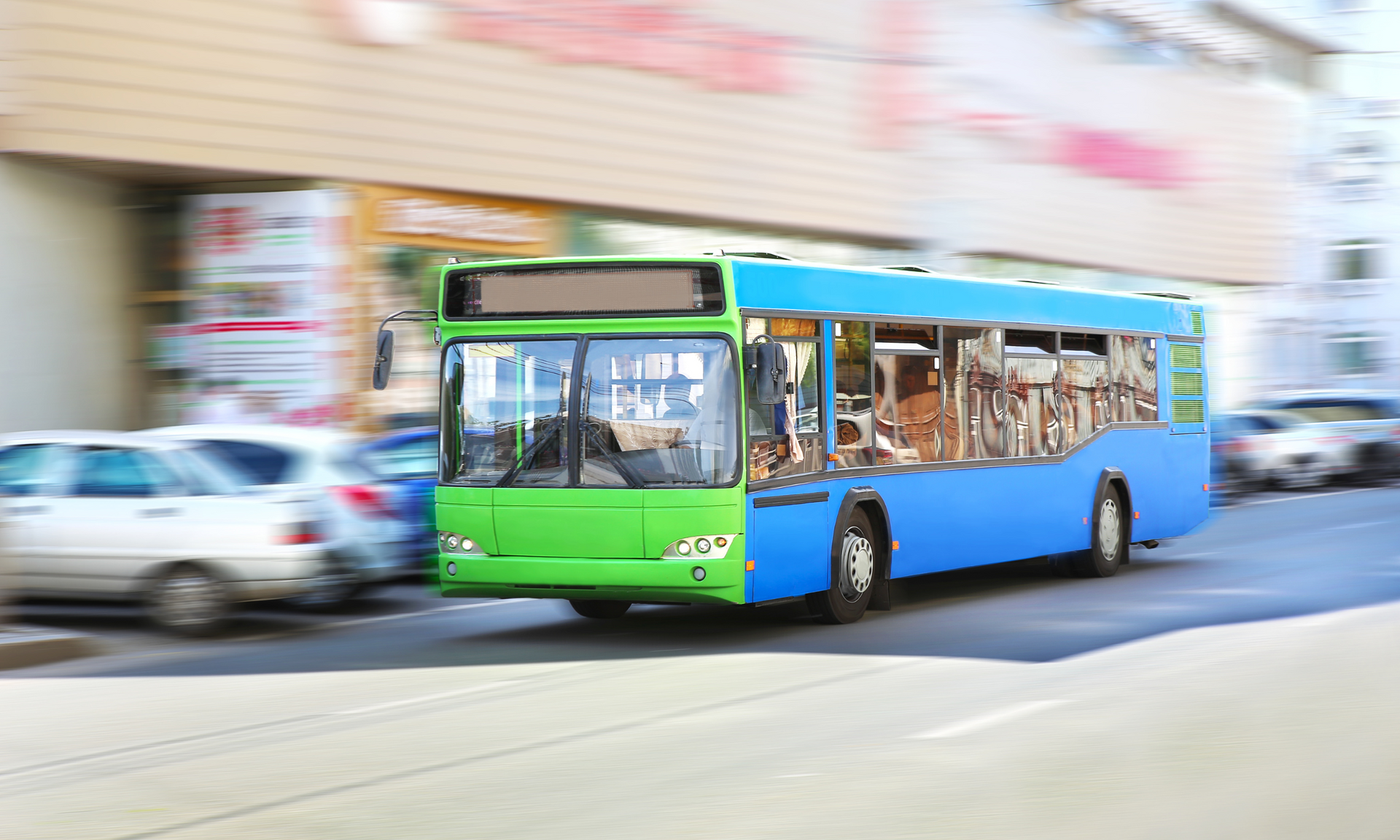
In our journey towards a more sustainable and eco-friendly future, advanced CAD/AVL (Computer-Aided Dispatch/Automatic Vehicle Location) technology stands as a key player. In this blog, we delve into how Peak Transit’s cutting-edge solutions are not just reducing carbon emissions but also revolutionizing the concept of green transportation.
Optimizing Routes for Efficiency
Efficiency is the backbone of eco-friendly transit. CAD/AVL systems equip transit agencies with tools to create optimal routes by analyzing traffic patterns, road conditions, and passenger demand. This route optimization results in reduced mileage, and consequently, lower energy consumption—whether fuel or electricity—thus minimizing emissions. The goal is to ensure every journey is as direct, efficient, and eco-friendly as possible.
Minimizing Idle Time
Idle vehicles contribute significantly to unnecessary emissions. The real-time monitoring capabilities of CAD/AVL technology play a crucial role in minimizing idle time. This proactive strategy is essential in reducing overall energy use, whether it's fuel or electric power, aiding in making transit operations more sustainable.
Enhancing Schedule Adherence
Through aiding in maintaining accurate schedules, CAD/AVL technology is vital in eliminating the need for vehicles to rush, which is often a cause of increased energy consumption. Smooth operations lead to savings in energy use and a reduction in emissions, as vehicles avoid unnecessary acceleration and abrupt stops.
Improving Fleet Management
Effective fleet management is integral to eco-friendly transit. Real-time data from CAD/AVL systems facilitates better maintenance scheduling and understanding usage patterns. Maintaining vehicles in optimal condition is key to minimizing emissions, as well-maintained vehicles are more energy-efficient, whether they run on traditional fuel or electric power.
Encouraging Public Transit Use
By enhancing the reliability and efficiency of transit services with CAD/AVL technology, public transit becomes a more appealing alternative to personal vehicles. This shift can lead to a significant reduction in the number of private vehicles on the road, thereby decreasing overall transportation emissions.
Supporting Eco-Driving Practices
Advanced CAD/AVL systems offer valuable feedback on driving patterns, encouraging drivers to adopt smoother, more energy-efficient driving behaviors. This approach contributes to reduced energy consumption and lower emissions, regardless of the energy source.
Integrating with Broader Green Initiatives
CAD/AVL technology isn’t just an isolated solution; it seamlessly integrates with other green initiatives, including electric and hybrid buses. Such synergies magnify the environmental benefits and mark a significant leap towards sustainable transit solutions.
Conclusion
The role of advanced CAD/AVL technology in minimizing the ecological impact of transit systems is indispensable. By focusing on route optimization, reducing idle time, enhancing schedule adherence, improving fleet management, encouraging public transit use, supporting eco-driving, and integrating with broader green initiatives, Peak Transit remains at the forefront of championing sustainable transit solutions.
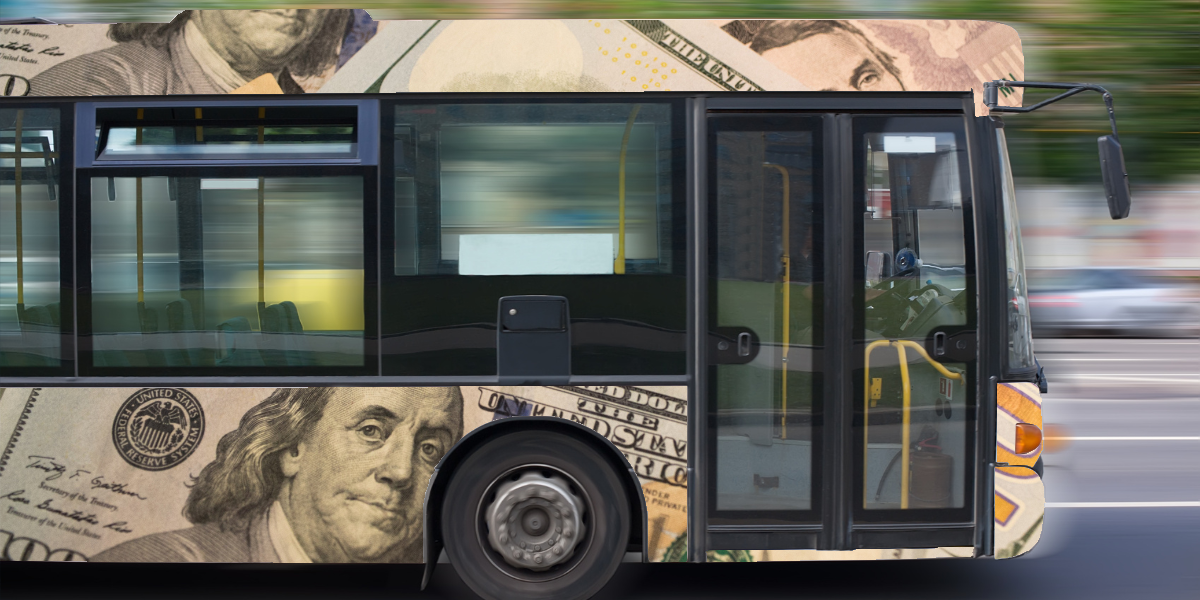
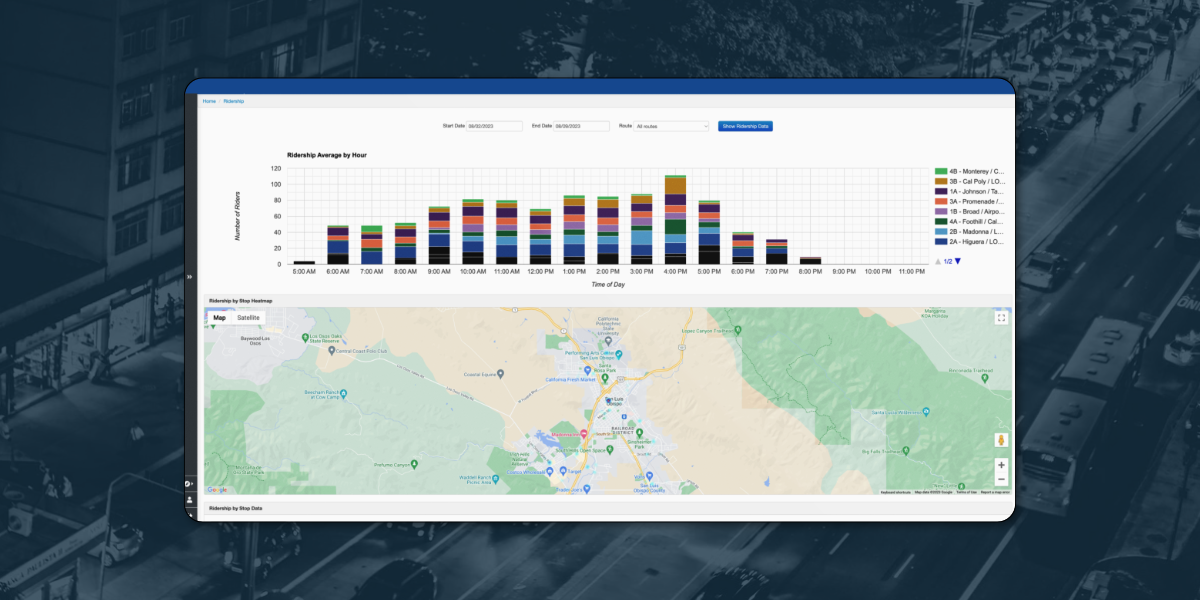

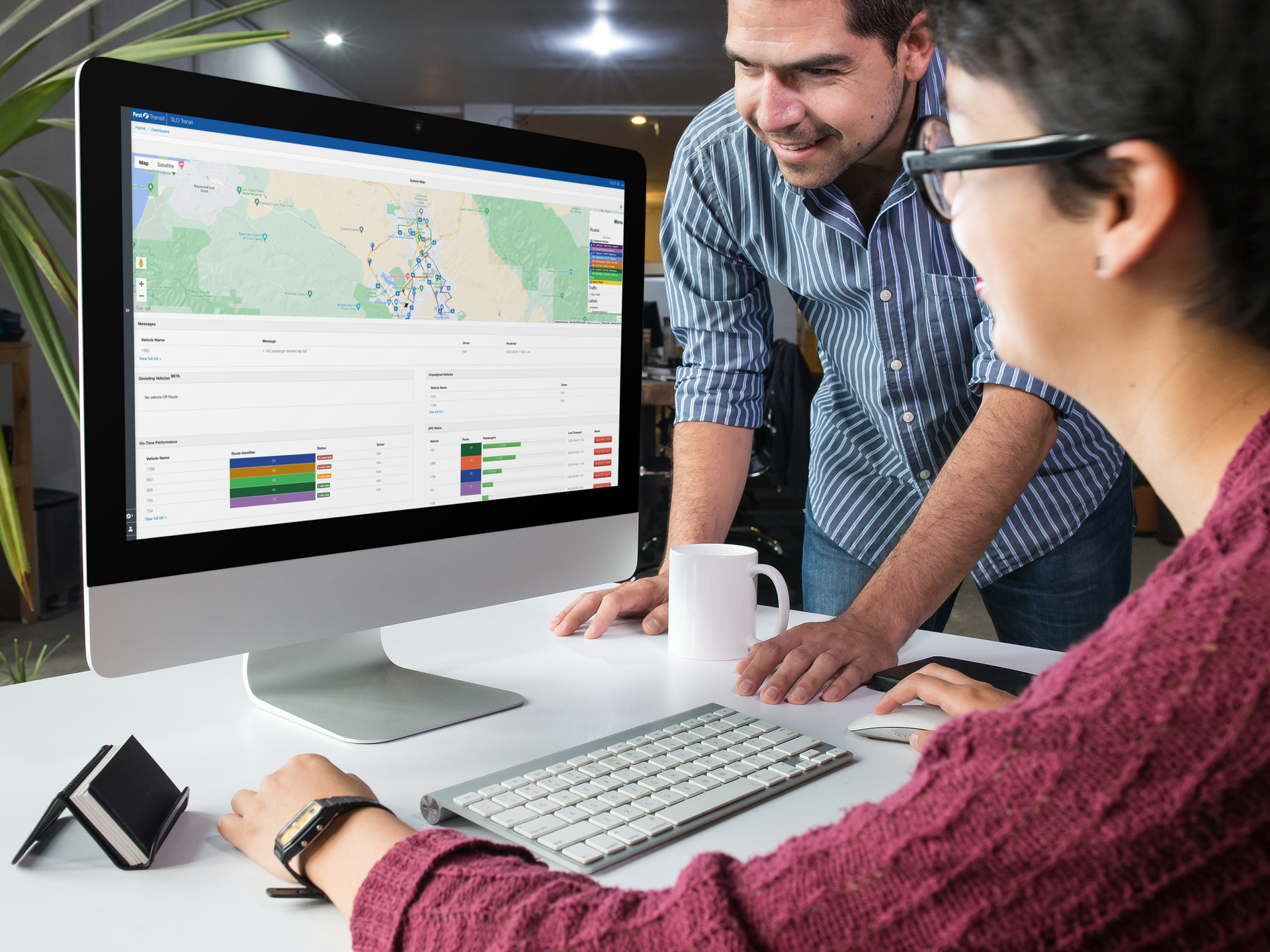

Peak Transit
Customizable software and hardware solutions to help you monitor vehicles, support drivers, and keep passengers informed.
© 2024, Peak Transit, LLC | Privacy | Terms of Service
